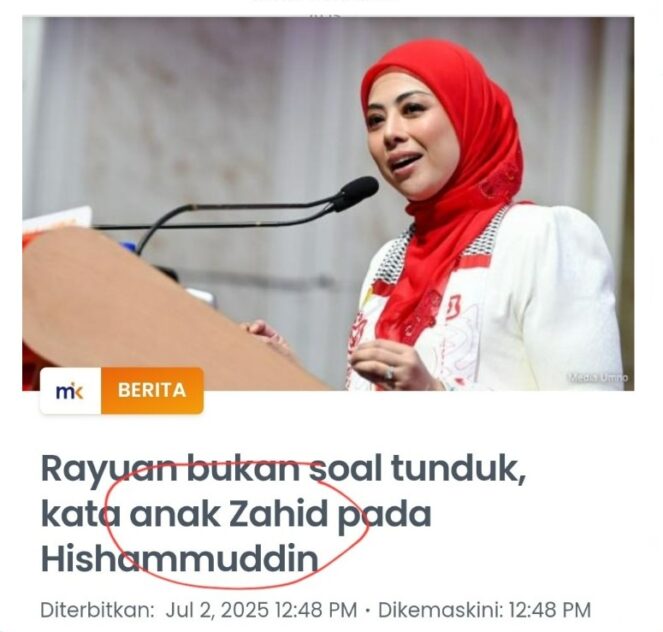By Chee Jo-Ey
LIFE expectancy has risen beyond the legal retirement age of 60.
A report published by the Department of Statistics Malaysia in July 2019 revealed that a newborn in 2019 is expected to live up to 74.5 years.
So, how can we make our retirement fund last at least 15 years?
Plagued by stagnant worker salaries that do not keep up with inflation, many of us have to turn to retirement-based investment schemes like the Private Retirement Scheme (PRS) to generate some passive income.
The Securities Commission Malaysia (SC) announced on Feb 21 liberalisation measures of the PRS to enhance the competitiveness of the industry.
The measures will provide more flexibility in asset allocation for PRS funds, such as allowing conservative funds to invest in foreign markets and for PRS funds to invest in exchange-traded-funds based on physical gold to increase asset diversification into alternative investments.
iFAST Capital research analyst Tan Wei Yine said: “The move by SC to liberalise regulation on the PRS is positive for the industry. Fund managers will have a larger investment universe to consider and could tap into investment opportunities abroad.”
He opines that generally, investors tend to invest most of their capital in assets that are heavily exposed to the domestic economy, a behaviour more commonly known as home bias. The behaviour arises from extra difficulties associated with investing in foreign assets.
“By liberalising the regulation, investors may now invest in PRS funds that have exposure to foreign assets or commodities. With that, PRS now serves as an affordable and easy avenue for investors to diversify their retirement nest egg internationally,” Tan said.
Currently, the majority of the PRS funds available are invested predominantly in the Malaysia market. Considering that the local economy has been facing various macroeconomic headwinds in recent years, the local bourse has underperformed its foreign counterparts.
“As such, PRS funds that have higher exposure to foreign equities have generally outperformed those funds that invest mostly in Malaysia,” Tan said.
The PRS is a voluntary long-term savings and investment scheme set up by the SC in 2012 to help Malaysians save for their retirement.
There are currently eight PRS providers serving more than 455,000 members nationwide. As at end-2019, the total size of the industry stands at RM3.5 bil.
Many choose to invest in PRS funds to enjoy individual tax relief – up to RM3,000 per assessment year (in addition to deduction for EPF contributions) for the first 10 years.
“PRS contribution serves as a complement to investors’ retirement savings and is a retirement vehicle that investors should consider. However, not all PRS funds have performed equally well. There are PRS funds that perform better together with consistency and are being managed by experienced investment professionals with a long track record.
“When it comes to deciding which PRS funds to invest in, investors may consider comparing PRS fund performance on platforms like FSMOne and seek resilient funds. Every year, we publish a review on PRS funds’ performance. You can check it out on our website here,” Tan said.
“Those who invest in PRS through FSMOne pay 0% upfront sales charge, and all their money goes to work. Also, the expenses and management fees associated with PRS funds are generally lower because many of the funds are investing in collective investment schemes that are being managed by the PRS provider. For instance, Affin Hwang PRS Growth Fund currently feeds into five funds that are managed by Affin Hwang Asset Management Bhd,” he added. – Feb 25, 2020








